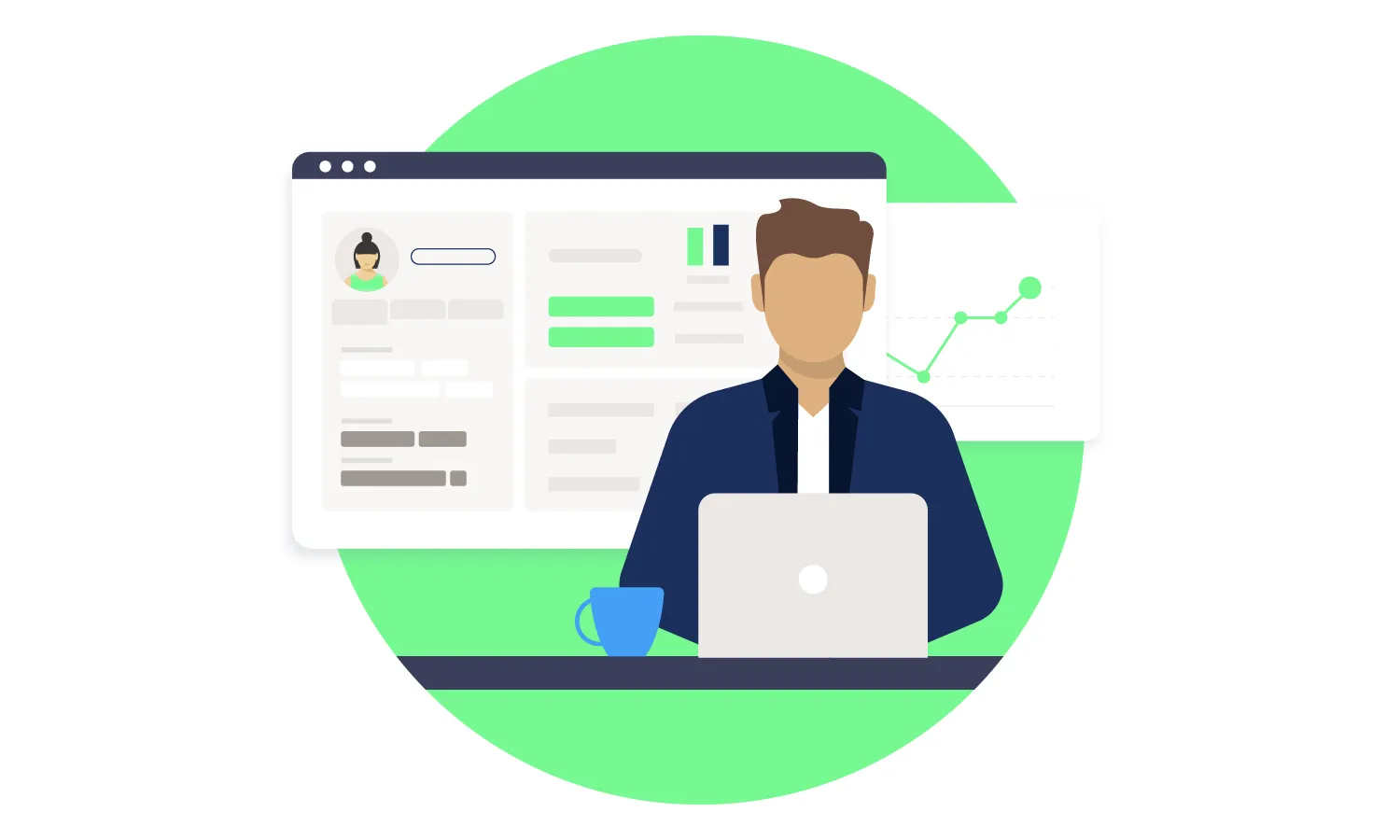July 12, 2021
What is a customer data platform (CDP)?
Customer data platforms (CDPs) are the latest and greatest software in the martech world. Leading brands and retailers around the world are turning to CDPs to reorganize their data around the customer, gain insights, and orchestrate exceptional customer experiences. But what is a CDP? Here’s a brief introduction.

A customer data platform like Lexer's award-winning CDP is packaged software that brings together information from many sources and unifies it into an ongoing, integrated database with a streamlined, user-friendly format.
Once this information is integrated and standardized, the CDP can link that database with customer profiles, enabling it to store and track individual customer behavior across channels and touchpoints. These profiles enable brands to achieve a “single customer view,” or an all-in-one hub from which all customer information can be accessed, analyzed, segmented, and activated across all other marketing channels and retail systems.
This enables you to take a data-driven retail approach, ultimately improving metrics across the board.
CDPs are more than a marketing tool
Although most CDPs are intended to be a marketer-managed system, you can enhance your company's CDP with analytics and activation capabilities that add value for the range of business functions. That means that from collection and integration of data to its full activation, the CDP becomes a hub not only for marketers but also for customer service teams and executives.
From this hub, business users can easily and independently:
- Perform sophisticated customer analytics.
- Activate personalized engagement campaigns.
- Track changes in buyer behavior.
- Quantify the impact of business activities.
With these capabilities, you can become a customer-led business, providing exceptional customer experiences that lead to high customer lifetime value and overall revenue growth.
CDP vs. CRM vs. DMP
Another perspective helpful in understanding the CDP is to understanding what it is not. CDPs are sometimes confused with customer relationship management (CRMs) systems, which are designed with a focus on sales and customer retention. They’re also sometimes confused with data management platforms (DMPs), which bring third-party data and new prospects into your company's system.
Unlike CRMs and DMPs, CDPs support comprehensive data management for every customer lifecycle stage, across every engagement channel, and with every dataset, including first-party, second-party, and third-party data. Its persistent focus is the individual customer, holistically, at every point of contact with your company and brand. The multi-channel focus of your CDP overcomes challenges associated with disparate customer datasets.
The global nature of a CDP puts the customer at the heart of your business. Of course, as competition continues to increase, that is exactly where your customer ought to be. But businesses cannot track, much less measure and recalibrate, the customer's total, multi-channel experience if its customer data is localized (in silos) in separate retail systems.
The answer is to make the same comprehensive, integrated database and analytics accessible to all departments—from planning to marketing to sales to distribution—that impact the total customer experience. The means is advanced CDP technology with strategic and technical support. The result is to identify and activate continually improving strategies to increase revenue.
CDPs give you power over the total customer experience
As CDPs become more skillfully and widely used across the business, teams can become increasingly customer-centric—and the total customer experience become the driving force behind every business activity. The high-potential CDP connects your customer with your brand at every nexus by collecting, unifying, analyzing, and enabling access to customer data in real-time.
CDPs further unify your customer data by integrating into it third-party data from sources such as Experian Mosaic, surveys and sweepstakes, and other sources that complement your own data on customers. The benefit is a still broader perspective and new insights into the dynamics of achieving a frictionless customer experience.
The value of a CDP
What kinds of added value should you expect from your CDP? Here, briefly, are three examples.
- The user-friendly, functional CDP dashboards can enable you to activate high-powered campaigns for lead generation, customer loyalty, and customer satisfaction without the help of complicated IT support.
- The ability to add third-party data enriches your customer insights and guides you in communicating with customer segments. Knowing the demographics of your highest-value customers, for example, can ensure your communications and appeals are on their wavelength.
- Using CDP-powered measurement and reporting tools, you can easily present your marketing performance and overall business impact to your leadership team.
When used with skill, the range of CDP features and benefits translates into revenue growth as new, clearer insights into customers, expertly segmented campaigns, and business efficiencies drive your ROI.
Click here to learn more about how to measure the impact of your CDP.
How CDPs can transform marketing, sales, and service
Marketing
The high-powered capabilities of CDPs for gaining customer insights and segmentation enable you to focus on investing effort and dollars for the highest payoff. For example, the acquisition of high-value customers and the avoidance of over-investing in weaker prospects, marketing channels, and, of course, customers who already have proven loyal.
Sales
As customer insights, conversions, high-impact campaigns, and other benefits of a CDP become part of your perspective and daily operations, a CDP will demonstrate its impact on sales. Converting one-time buyers into two-time buyers and taking other steps to increase the number of long-term loyal customers will add to revenue and the lifetime value of customers.
Service
As members of your customer service team gain access to insights once reserved for marketing and analysis, they become more confident and motivated about engaging with prospects and customers. That can be the high road to personalized engagement that leads to increased retention and brand loyalty. Lexer’s built-in service tools can help you transform customer service from a cost-center to a profit-center.
Even with increasing investment in CDPs, there remains a sizable gap between the new technology and the skills that it requires. One survey reported that "executives are struggling with a skills gap that has hampered getting everything out of their data." Another survey found that 30% of marketers are "staking their futures on data analysis skills."
Investment in CDP pays off, and more than pays off, when teams have the skills to analyze data and reach accurate conclusions that can be put into action. The vendor you choose is the natural source of support as your company gets up to speed. The vendor must have the willingness and the resources to be your partner and consultant in understanding and mastering the complex field of customer analytics.
A CDP vendor like Lexer acts a strategic partner, providing the consulting and support services you need to improve the customer experience.
Book a demo of Lexer’s CDP
Lexer is the CDP of choice for leading brands such has Quiksilver, Milly, True Religion, Rip Curl, Supergoop!, and more. As the only CDP built for retail, we help the world's most iconic brands drive incremental sales from improved customer engagement.
To learn why our customers choose Lexer—and renew with us—year after year, click here to read our top 15 customer testimonials.
Do you have questions about how CDPs can fit with your business goals and existing technology? Use the calendar below to book a meeting with one of our experts.
Speak with our retail experts

